Home>Furniture & Design>Outdoor Furniture>What Material Is Best For Outdoor Furniture?
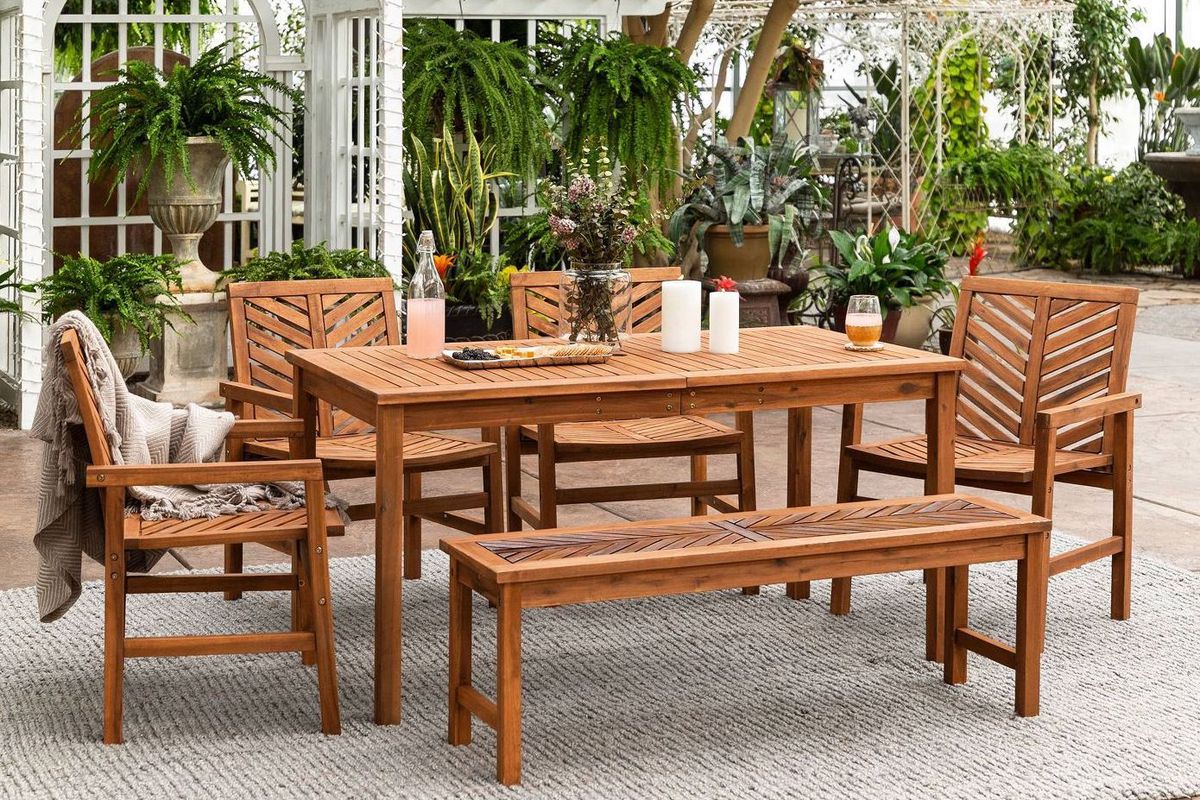

Outdoor Furniture
What Material Is Best For Outdoor Furniture?
Modified: February 12, 2024
Discover the best materials for outdoor furniture and design. Find out which materials are durable and weather-resistant for your outdoor space.
(Many of the links in this article redirect to a specific reviewed product. Your purchase of these products through affiliate links helps to generate commission for Storables.com, at no extra cost. Learn more)
Introduction
Choosing the right material for your outdoor furniture is crucial for creating a welcoming and durable outdoor space. The material not only impacts the aesthetics of your outdoor area but also plays a significant role in the furniture’s longevity and maintenance requirements. With a myriad of options available, it’s essential to understand the characteristics of different materials to make an informed decision that aligns with your style preferences and practical needs.
In this comprehensive guide, we’ll delve into the various materials commonly used for outdoor furniture, exploring their unique features, benefits, and considerations. Whether you’re envisioning a cozy wooden patio set or a sleek metal ensemble, we’ll provide valuable insights to help you navigate the diverse world of outdoor furniture materials. So, let’s embark on this enlightening journey to discover the best material for your outdoor furniture needs!
Key Takeaways:
- Choose teak for durable and elegant outdoor furniture. Its natural oils resist water, insects, and rot, ensuring longevity and timeless charm for your outdoor space.
- Opt for synthetic wicker furniture for a classic look with enhanced durability. It withstands UV exposure, moisture, and temperature changes, perfect for various outdoor environments.
Wood
When it comes to outdoor furniture, wood has long been a popular choice due to its timeless appeal and natural allure. The warmth and beauty of wooden furniture can effortlessly elevate any outdoor setting, whether it’s a sprawling garden, a quaint patio, or a charming balcony. However, not all wood is created equal, and selecting the right type is crucial for ensuring longevity and resilience in outdoor conditions.
Teak: Renowned for its exceptional durability and resistance to rot, teak is a highly sought-after wood for outdoor furniture. Its natural oils make it resistant to water, insects, and rot, making it an ideal choice for outdoor use. Over time, teak gracefully weathers to a distinguished silvery gray patina, adding to its charm and character.
Cedar: Cedar is another popular choice for outdoor furniture, prized for its natural resistance to decay and insects. Its distinct aroma and beautiful grain patterns contribute to its appeal, making it a favored option for rustic and traditional outdoor settings.
Eucalyptus: Eucalyptus wood, known for its sustainability and rapid growth, is a cost-effective yet durable option for outdoor furniture. With proper maintenance and occasional sealing, eucalyptus furniture can withstand outdoor elements and retain its natural beauty.
While wood exudes a classic and inviting charm, it does require regular maintenance to preserve its integrity. Periodic cleaning, sanding, and resealing are essential to prolong the lifespan of wooden outdoor furniture, ensuring that it remains a cherished feature of your outdoor oasis for years to come.
Metal
Embodying sleek sophistication and robust resilience, metal outdoor furniture offers a contemporary and enduring option for outdoor spaces. From the timeless elegance of wrought iron to the modern flair of aluminum, metal furniture boasts a diverse range of styles and finishes to suit various outdoor aesthetics.
Wrought Iron: Renowned for its ornate designs and sturdy construction, wrought iron furniture adds a touch of old-world charm to outdoor settings. Its durability and weight make it an excellent choice for windy conditions, and with proper care to prevent rust, it can endure for generations.
Aluminum: Lightweight and corrosion-resistant, aluminum furniture is a versatile choice for outdoor spaces. Its ability to withstand moisture and varying temperatures makes it an ideal option for coastal areas or regions with fluctuating weather patterns. Additionally, aluminum furniture is often coated with a durable powder finish, offering an extensive array of color options and enhancing its weather resistance.
Steel: Known for its strength and resilience, steel outdoor furniture provides a robust and contemporary aesthetic. Whether it’s sleek minimalistic designs or intricate patterns, steel furniture offers a wide range of styles to complement diverse outdoor settings. Proper maintenance, including rust prevention and occasional touch-ups, is essential to ensure the longevity of steel furniture.
Metal furniture’s durability and low maintenance requirements make it an appealing choice for outdoor spaces, offering a perfect blend of style and functionality. Whether you prefer the timeless allure of wrought iron or the modern versatility of aluminum, metal furniture is sure to elevate your outdoor living experience with enduring elegance.
When choosing outdoor furniture, look for materials like teak, cedar, or metal (aluminum or stainless steel) that are durable and weather-resistant. Avoid materials like wicker or pine that may not hold up well in outdoor conditions.
Plastic
Plastic outdoor furniture has undergone a remarkable transformation in recent years, shedding its former reputation for being flimsy and unattractive. Modern advancements in materials and manufacturing techniques have elevated plastic furniture to new heights, offering a plethora of benefits for outdoor environments.
Polyethylene: Often used to create synthetic wicker furniture, polyethylene is a durable and weather-resistant plastic that mimics the look of natural rattan. This versatile material is well-suited for outdoor use, as it can withstand UV exposure, moisture, and fluctuating temperatures without fading or deteriorating.
Recycled Plastic: Environmentally conscious consumers may opt for outdoor furniture made from recycled plastic, which not only reduces environmental impact but also offers exceptional durability and weather resistance. Recycled plastic furniture is available in a variety of styles, from classic Adirondack chairs to sleek modern designs, catering to diverse outdoor preferences.
Resin: Resin furniture, crafted from high-density polyethylene, is a popular choice for outdoor settings due to its lightweight nature and resistance to moisture and UV rays. Available in an array of colors and styles, resin furniture provides a low-maintenance and cost-effective solution for outdoor seating and dining needs.
Plastic outdoor furniture presents a compelling combination of affordability, versatility, and resilience, making it an attractive option for various outdoor settings. Whether you seek the classic charm of synthetic wicker or the eco-friendly appeal of recycled plastic, modern plastic furniture offers a myriad of choices to enhance your outdoor living space with style and practicality.
Wicker
Exuding a timeless charm and inviting texture, wicker furniture has long been a beloved choice for outdoor spaces, evoking a sense of relaxation and casual elegance. Whether crafted from natural rattan or synthetic materials, wicker furniture adds a touch of warmth and sophistication to outdoor settings, creating an inviting atmosphere for leisure and entertainment.
Natural Rattan: Traditionally handwoven from natural rattan fibers, wicker furniture exudes an organic and artisanal appeal, infusing outdoor spaces with a rustic and cozy ambiance. While natural rattan wicker is best suited for covered or semi-covered outdoor areas to protect it from excessive moisture and prolonged sun exposure, it offers unparalleled charm and character.
Synthetic Wicker: Engineered to withstand outdoor elements, synthetic wicker furniture provides the classic aesthetic of natural rattan wicker with enhanced durability and weather resistance. Crafted from materials such as resin or polyethylene, synthetic wicker furniture is well-equipped to endure UV exposure, moisture, and temperature fluctuations, making it an ideal choice for a wide range of outdoor environments.
Wicker furniture, whether natural or synthetic, offers a harmonious blend of comfort, style, and durability. Its intricate weaves and inviting designs create an atmosphere of relaxation and conviviality, making it a popular choice for outdoor lounging and dining. With proper care and occasional cleaning, wicker furniture can grace your outdoor sanctuary with enduring charm and comfort for years to come.
Read more: What Wood Is Best For Outdoor Furniture?
Conclusion
Choosing the best material for your outdoor furniture is a decision that intertwines aesthetics, functionality, and practicality. Each material offers a unique set of characteristics, catering to different preferences and environmental considerations. Whether you’re drawn to the natural allure of wood, the enduring elegance of metal, the versatility of plastic, or the timeless charm of wicker, understanding the attributes of each material is pivotal in creating an outdoor space that resonates with your vision and lifestyle.
It’s essential to consider factors such as climate, maintenance requirements, and desired aesthetics when selecting outdoor furniture materials. While wood exudes classic warmth and character, it demands regular upkeep to preserve its beauty and integrity. On the other hand, metal furniture offers durability and contemporary flair, requiring minimal maintenance to withstand outdoor elements. Plastic furniture presents a cost-effective and resilient option, while wicker furniture infuses outdoor spaces with timeless charm and inviting texture.
Ultimately, the best material for your outdoor furniture is one that aligns with your personal style, complements your outdoor environment, and withstands the demands of weather and use. By considering the unique attributes and maintenance needs of each material, you can make an informed decision that enhances your outdoor living experience for years to come.
So, whether you envision a tranquil garden retreat, a vibrant patio oasis, or a cozy balcony enclave, the diverse array of outdoor furniture materials empowers you to curate an outdoor sanctuary that reflects your individuality and provides enduring comfort and style.
Frequently Asked Questions about What Material Is Best For Outdoor Furniture?
Was this page helpful?
At Storables.com, we guarantee accurate and reliable information. Our content, validated by Expert Board Contributors, is crafted following stringent Editorial Policies. We're committed to providing you with well-researched, expert-backed insights for all your informational needs.
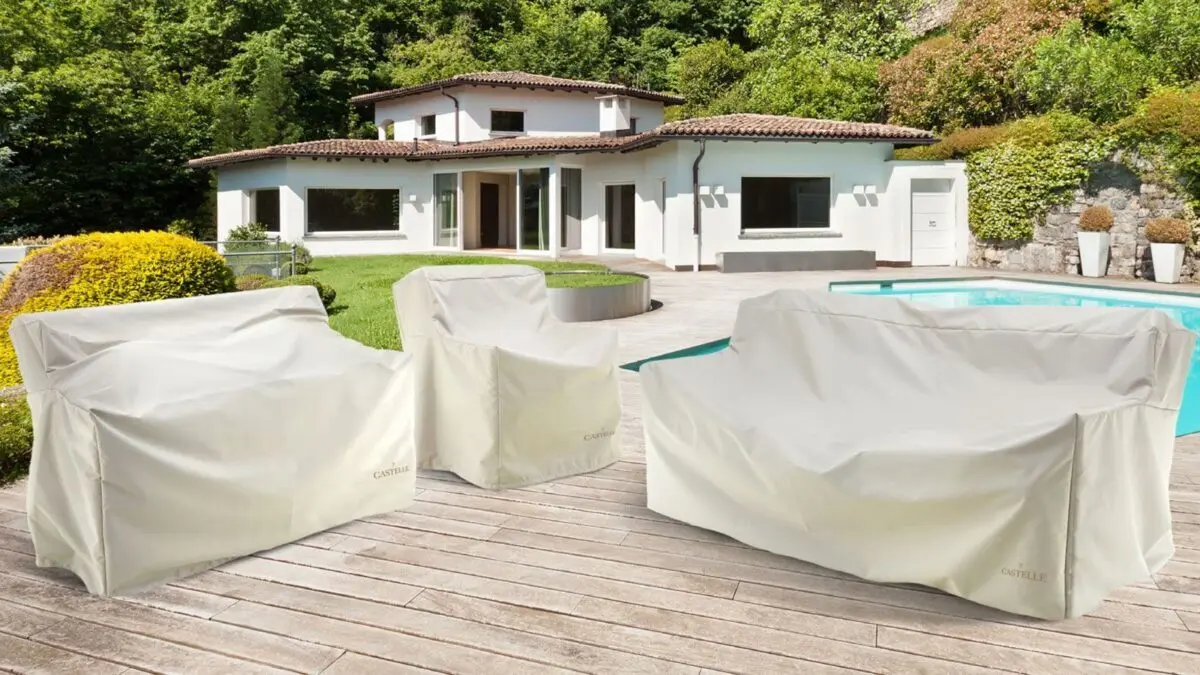
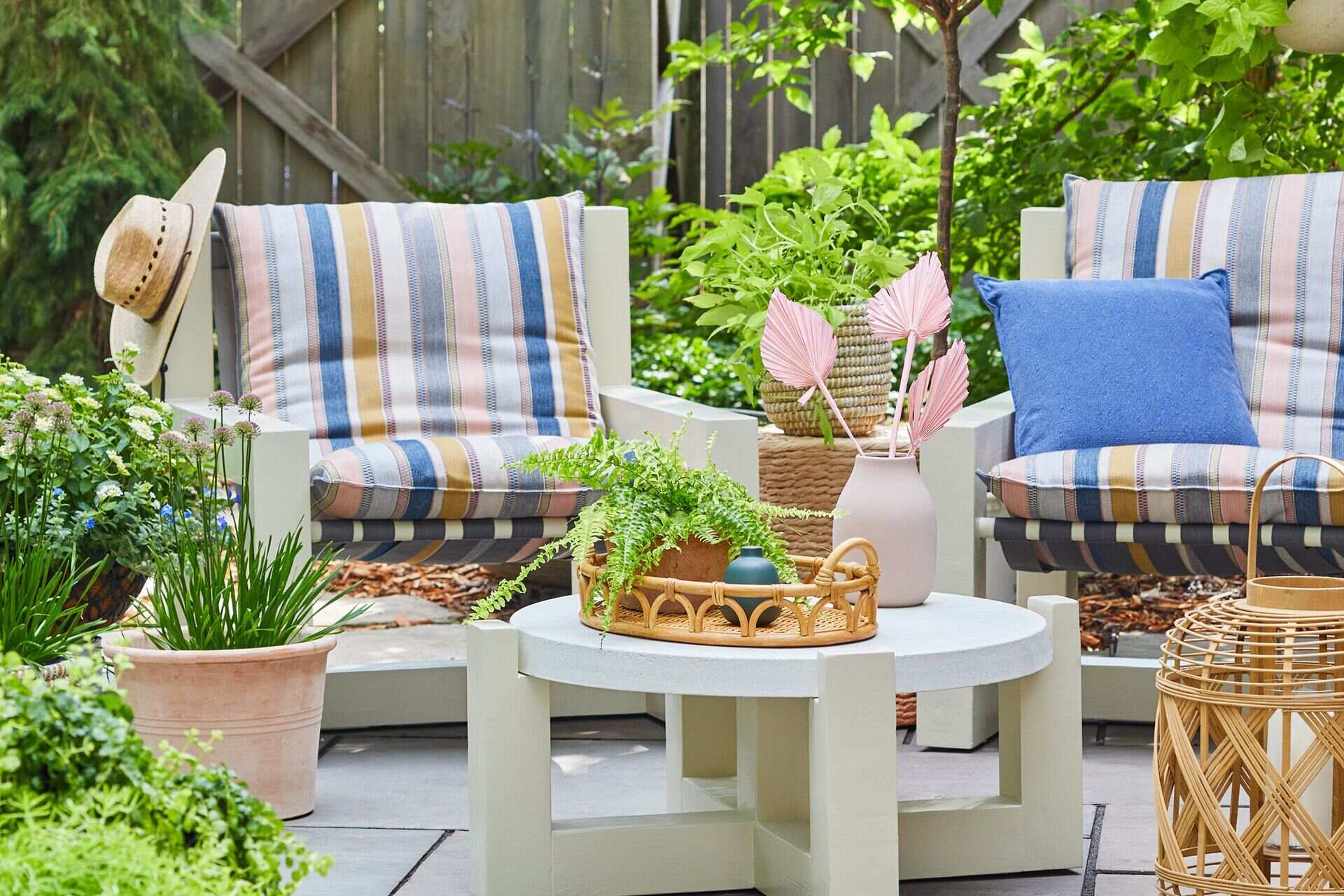
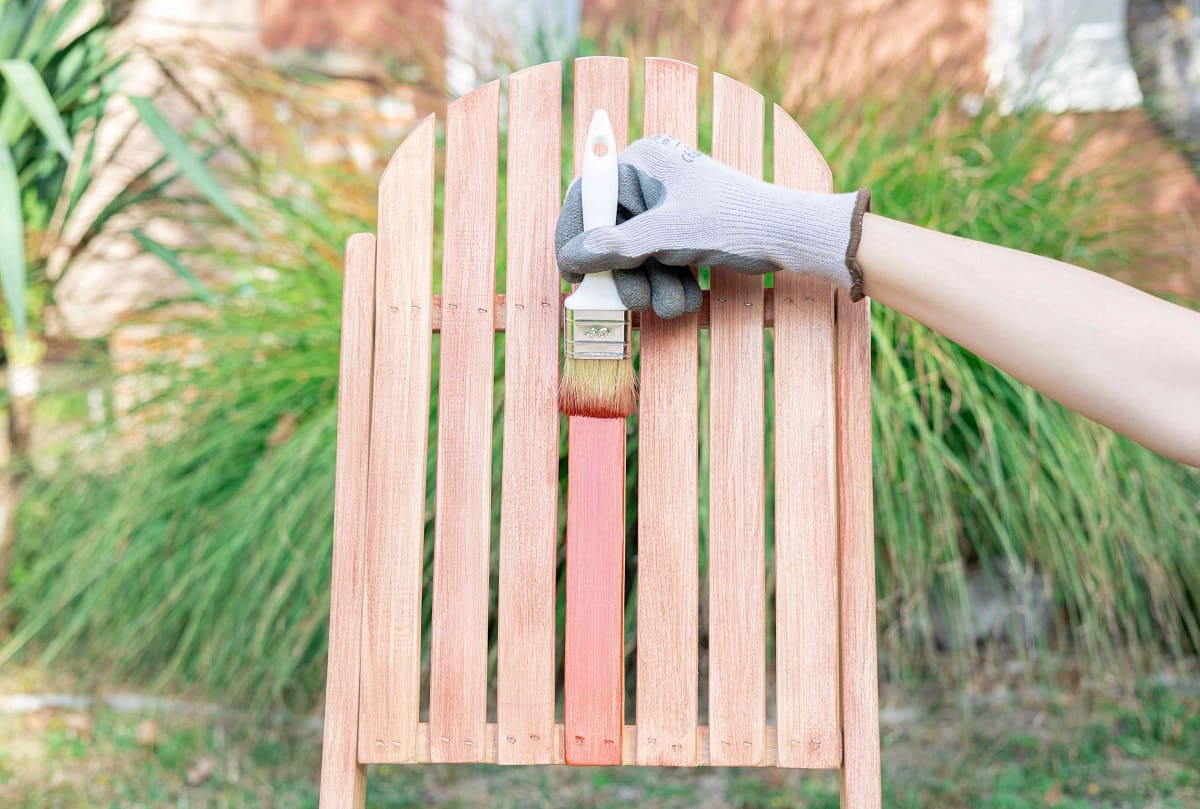
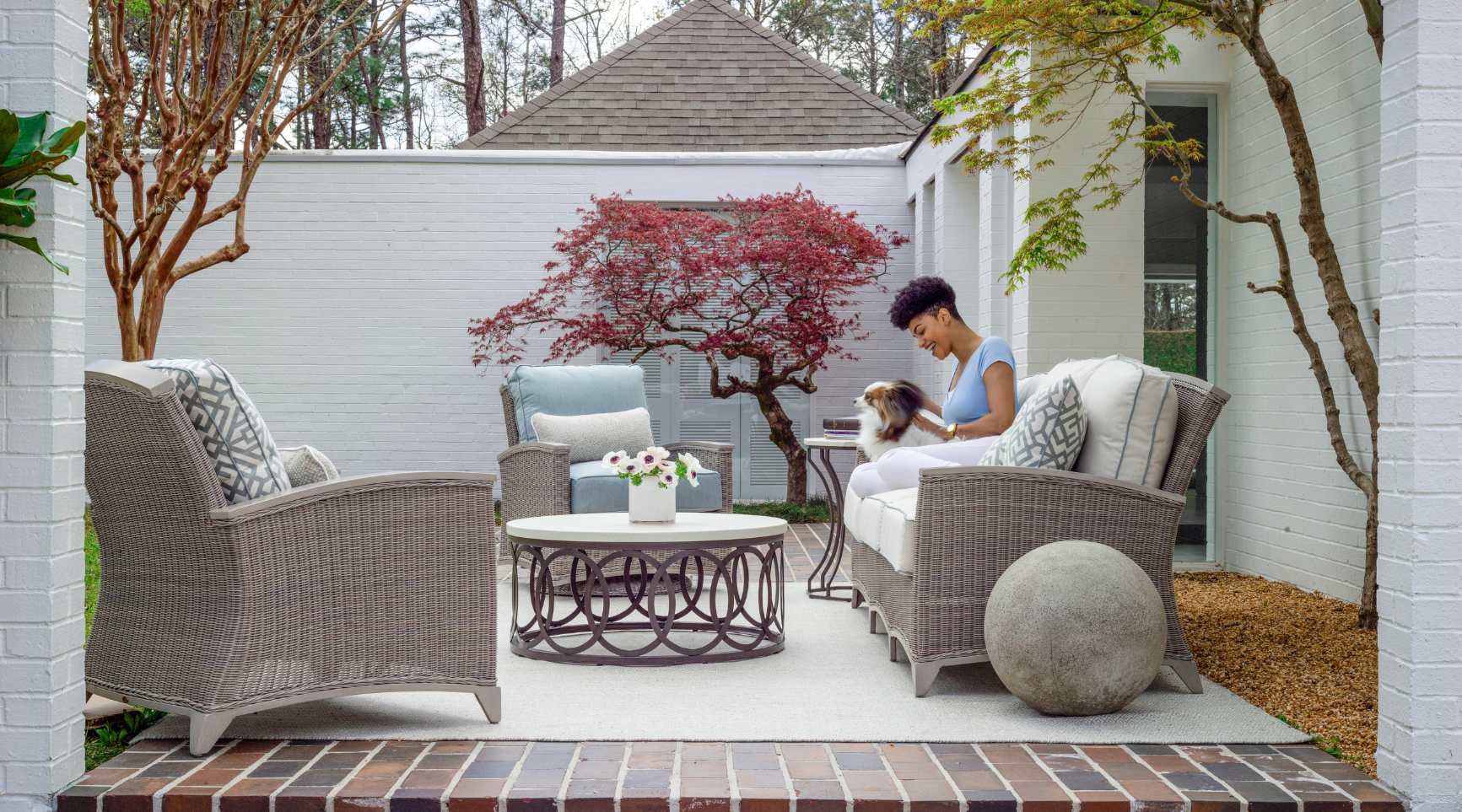
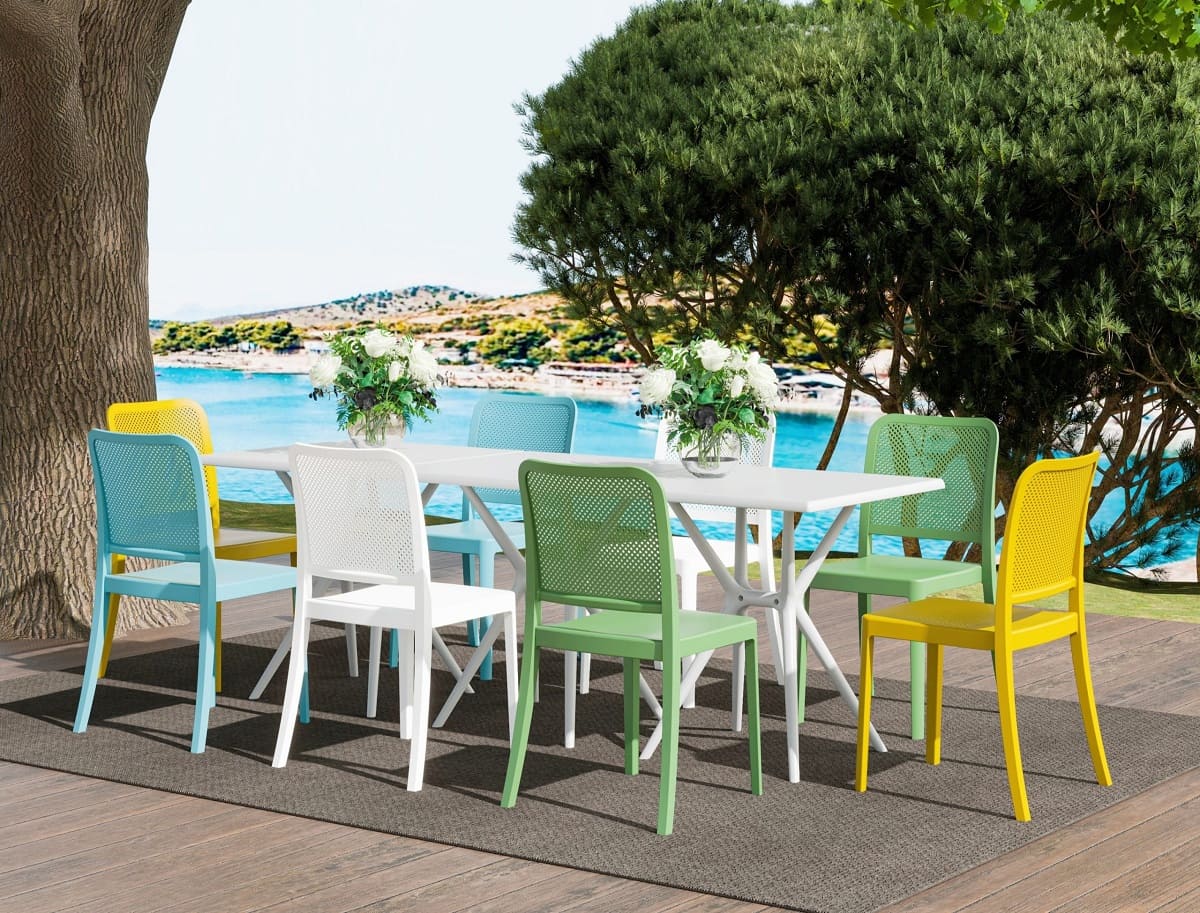
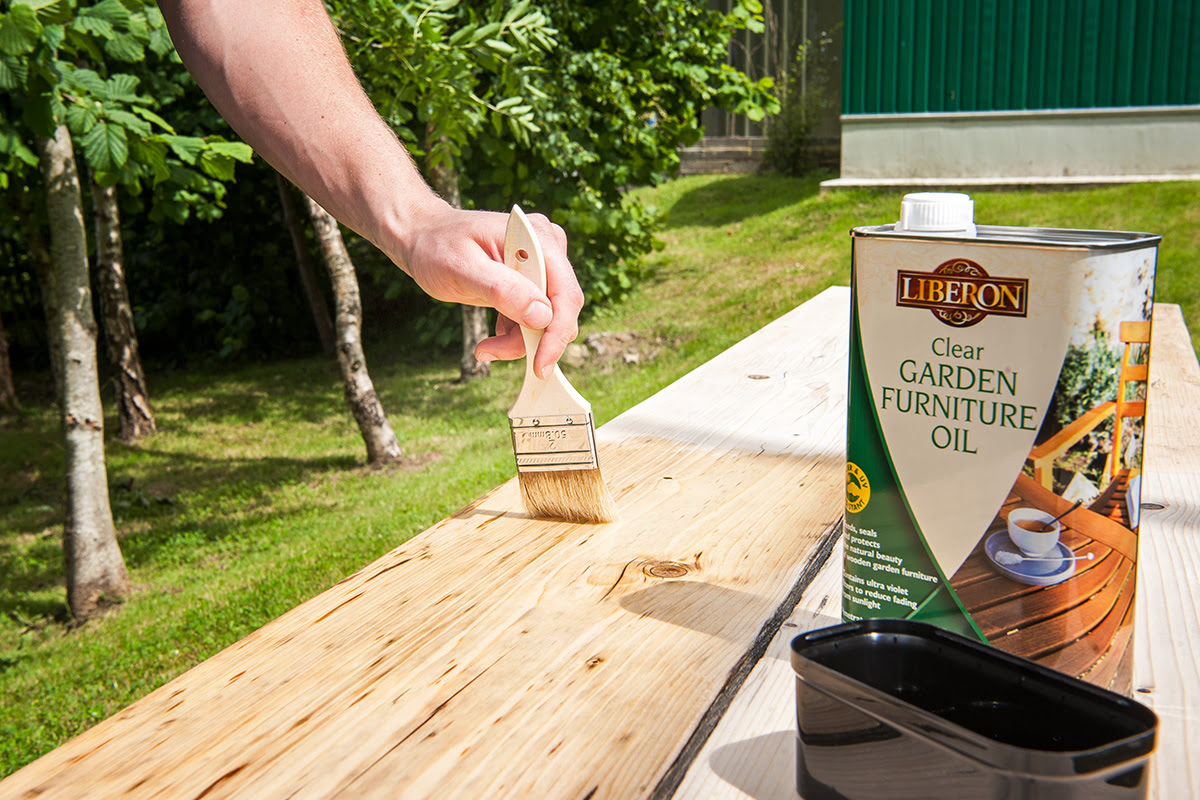
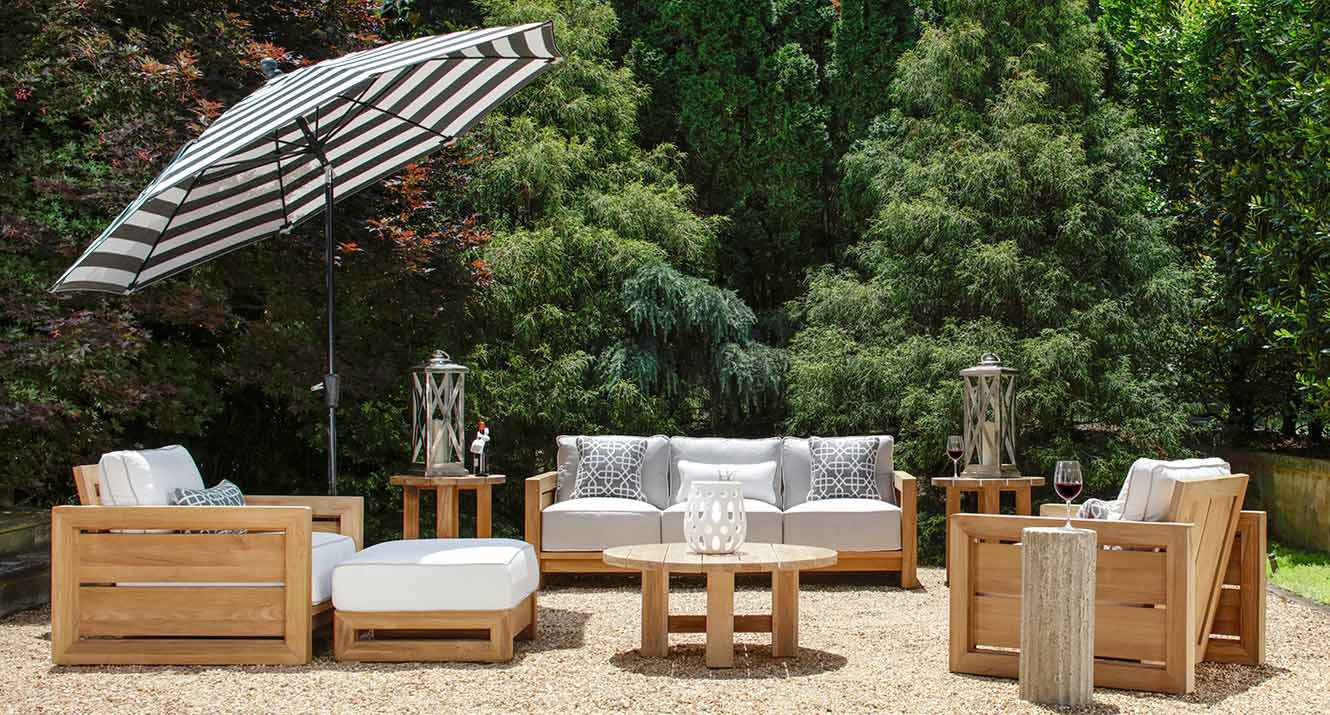
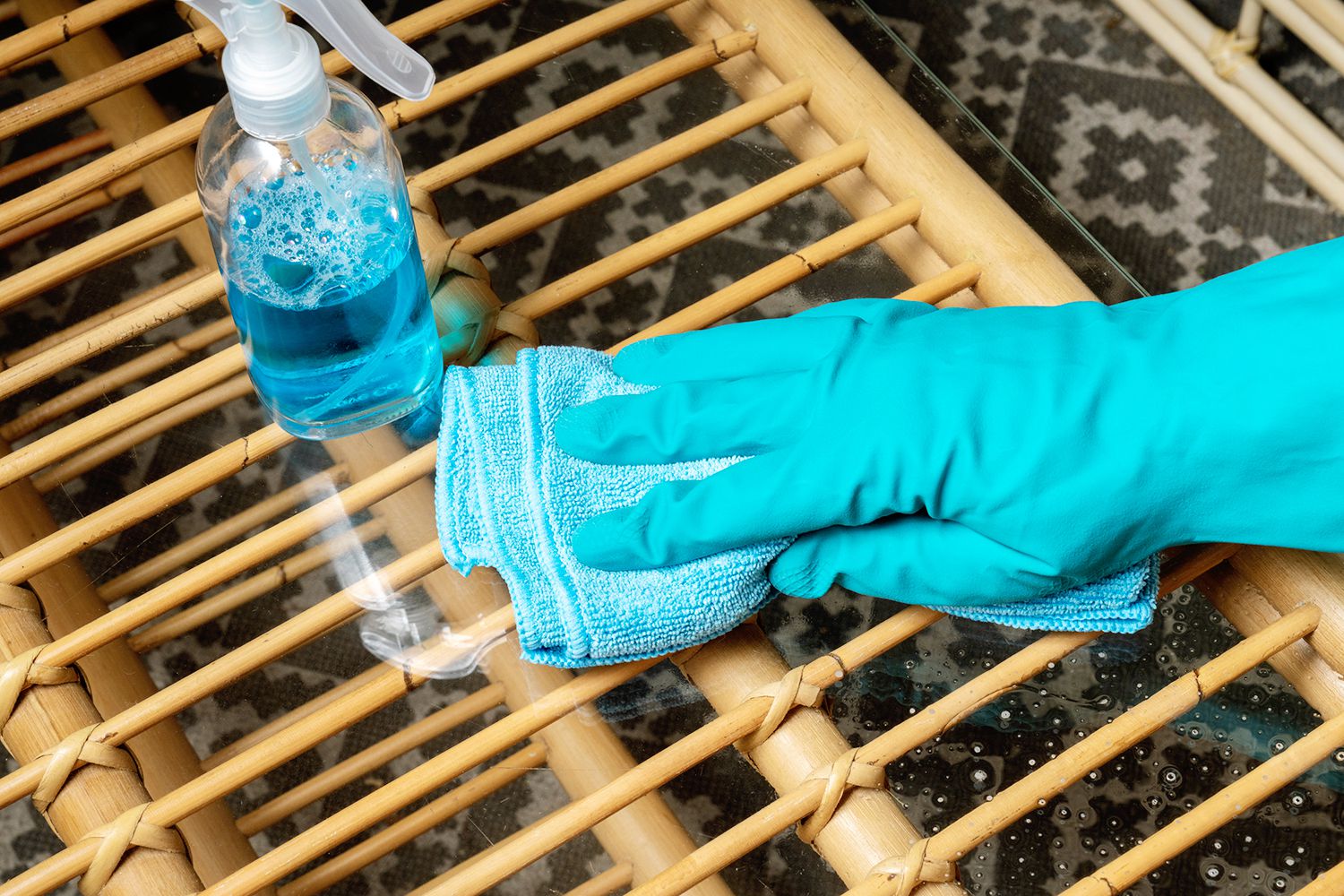
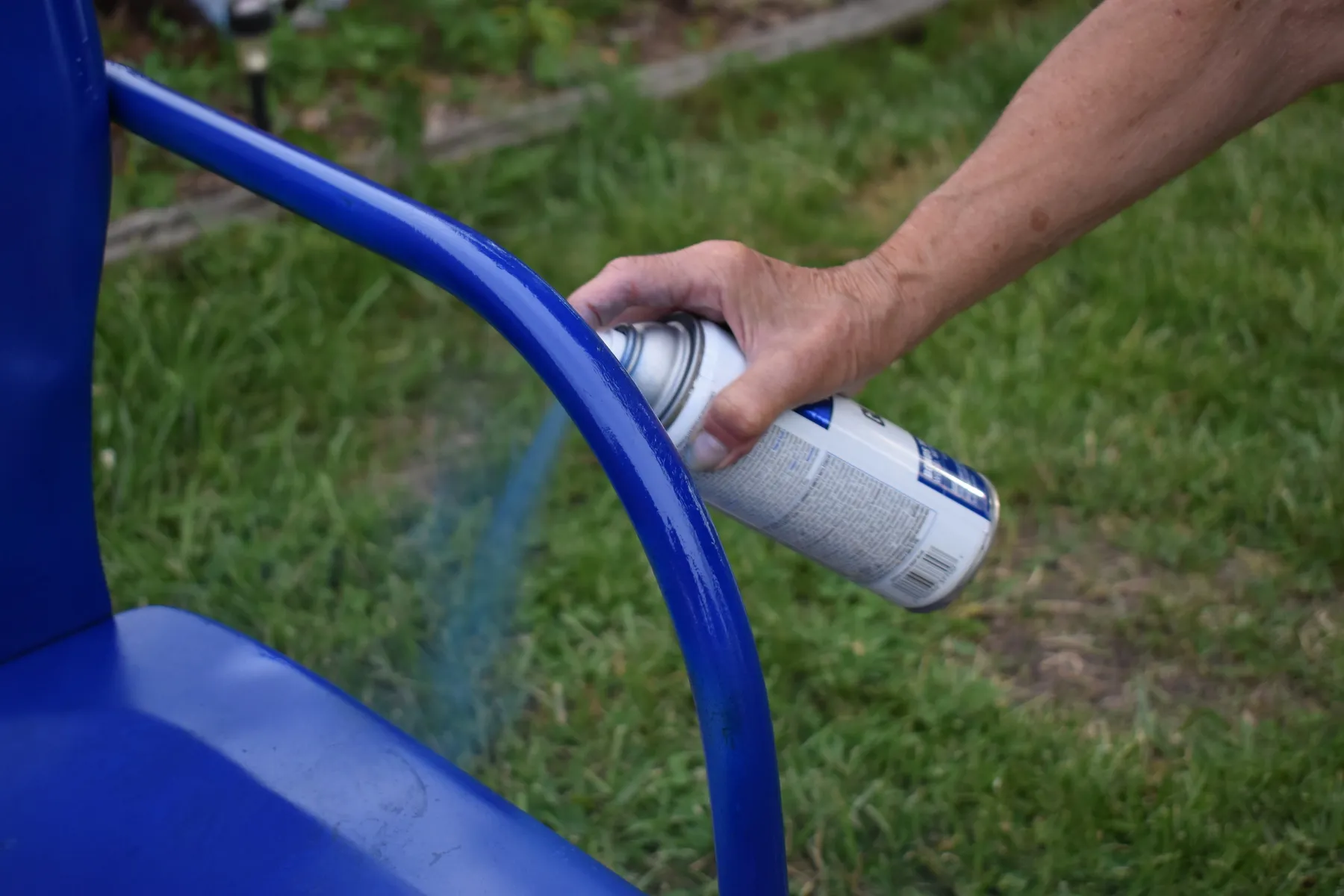
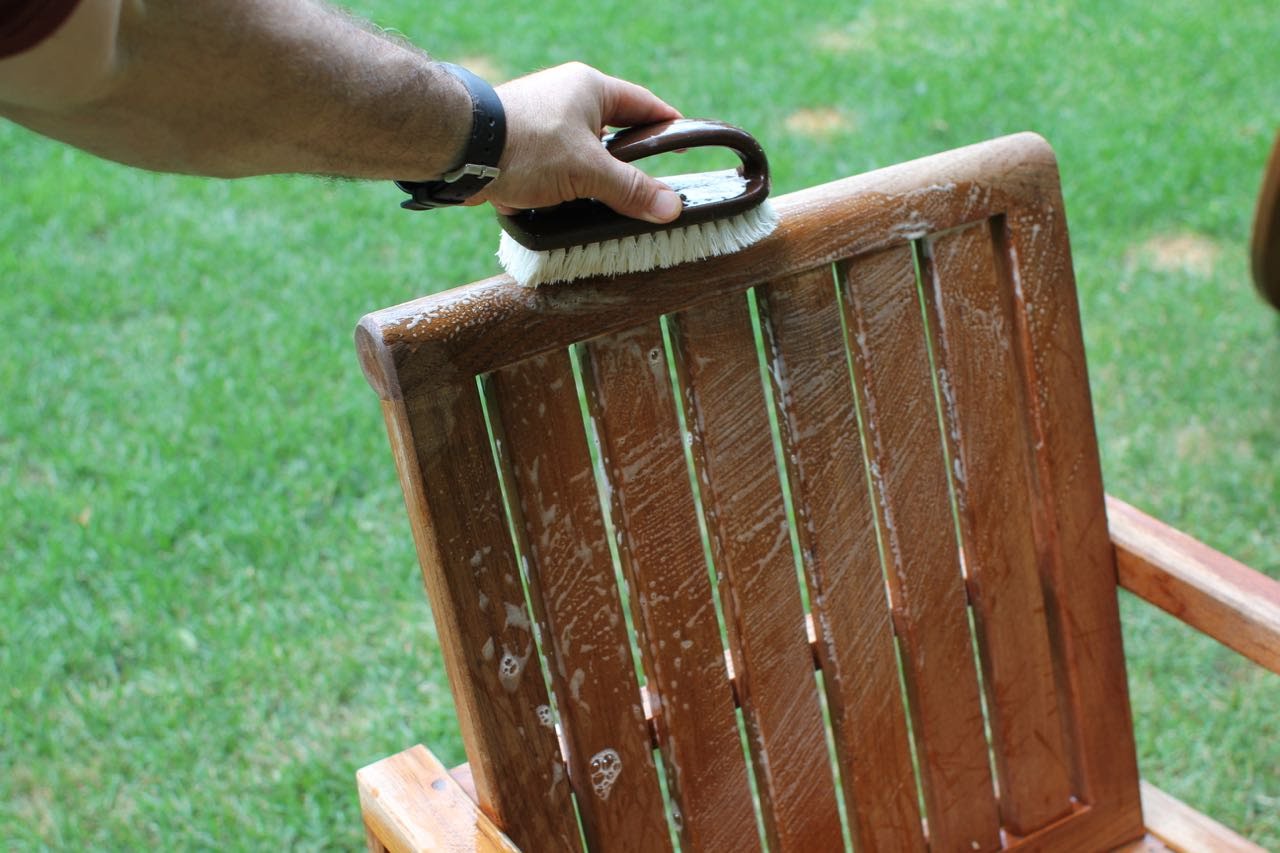
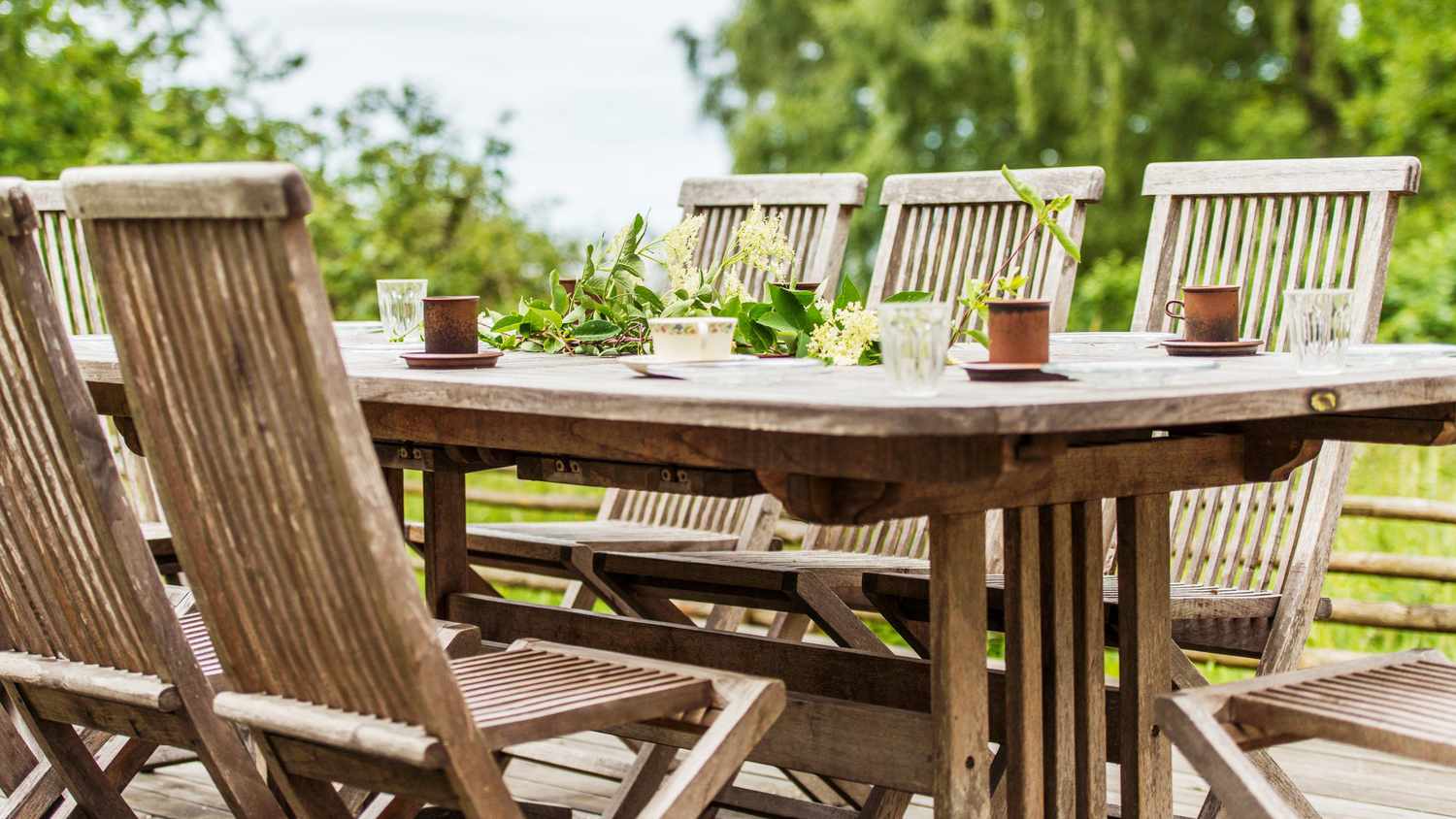
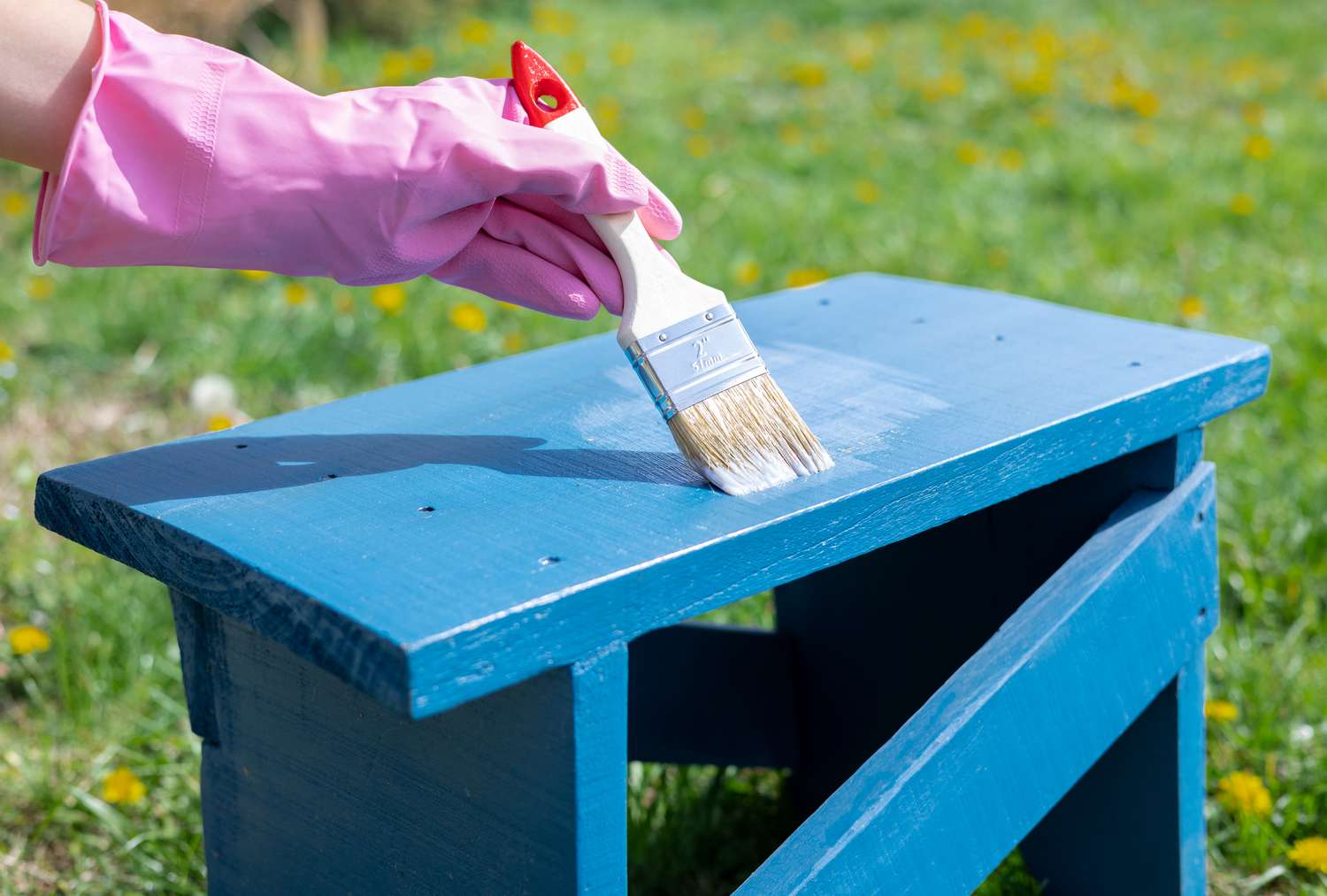
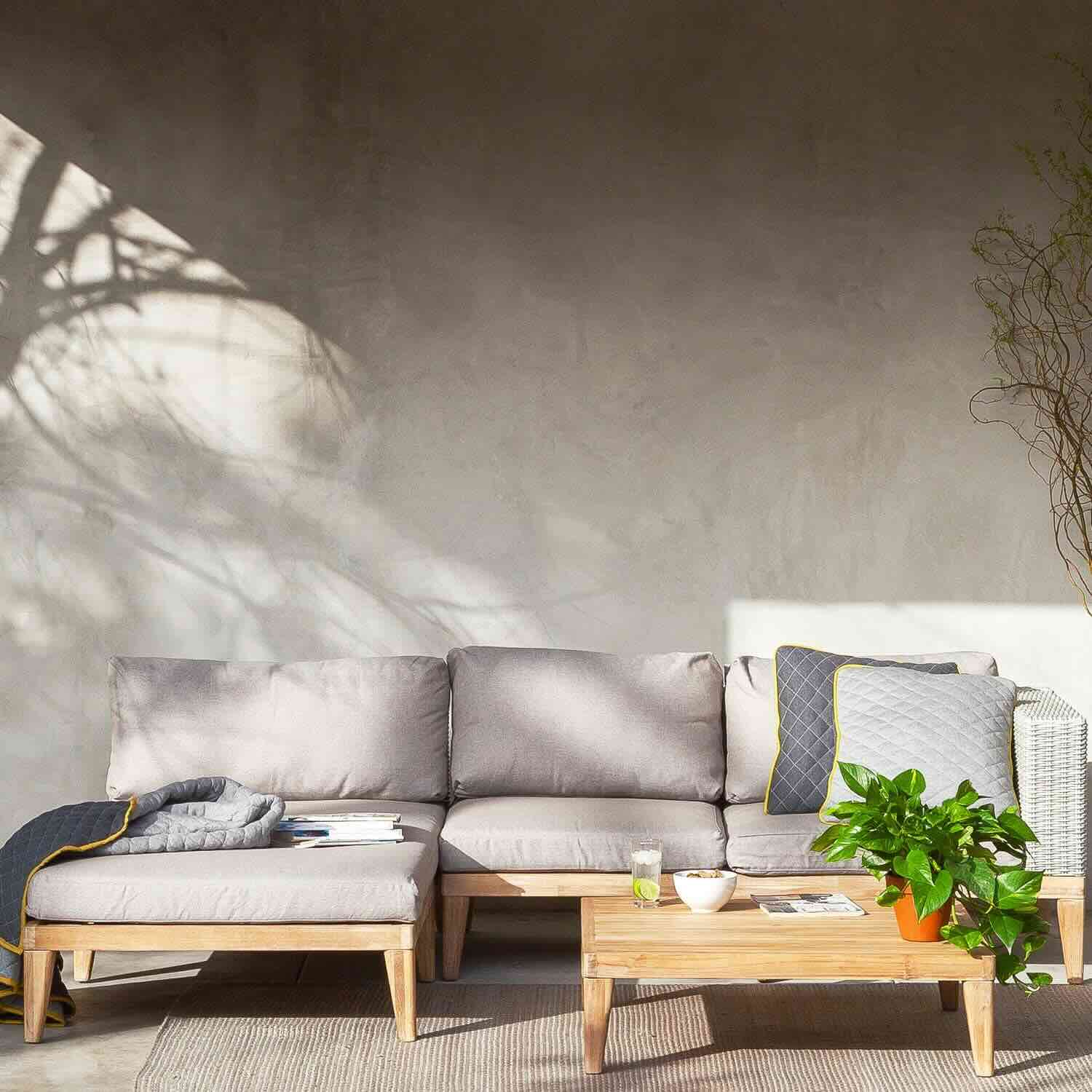
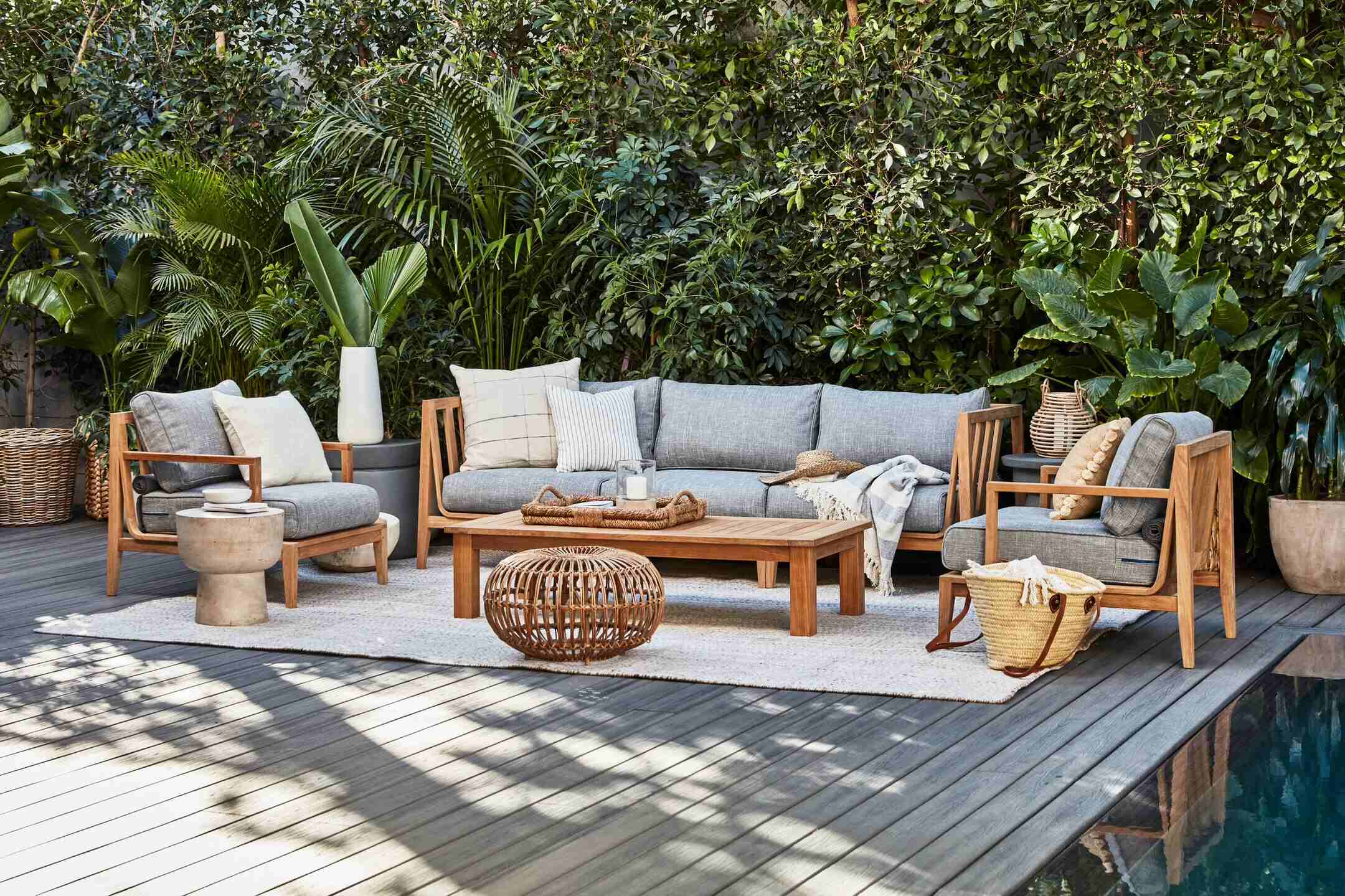

0 thoughts on “What Material Is Best For Outdoor Furniture?”